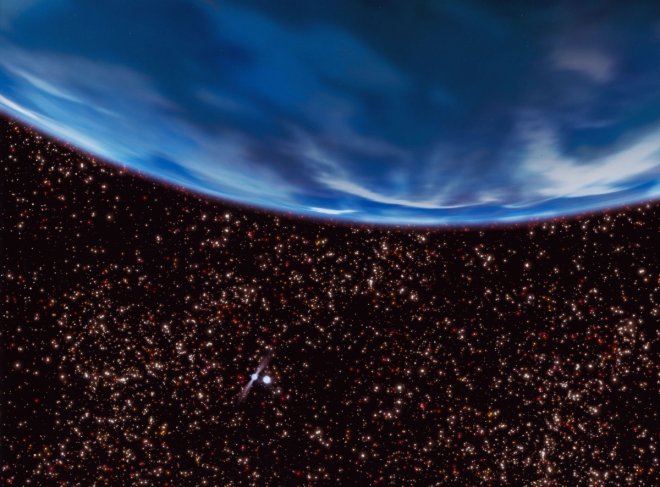
Mankind is taking the next leap with technological advancements. Every passing minute, men and women around the globe, sitting in laboratories, are thinking about the "next big thing". The year 2016 has also witnessed quite a lot of such discoveries that have proved crucial to the process of evolution. Scientists not only explored new horizons in medical science but also came up with path-breaking discoveries in the fields of astronomy and life science.
IBTimes Singapore brings you a list of top seven things that have been discovered in 2016:
Gravitational waves
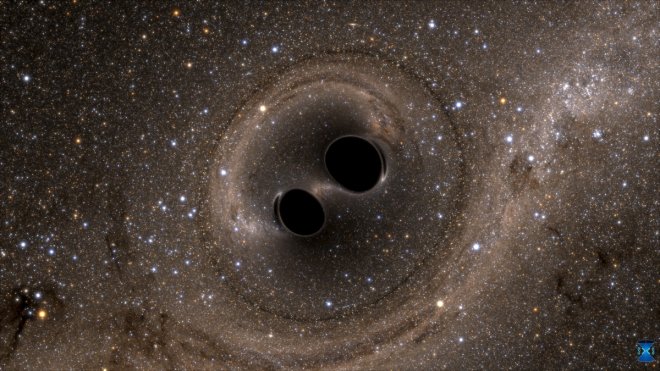
Gravitational waves or space-time ripples were detected for the first time in 2016 February. The LIGO Scientific Collaboration and Virgo Collaboration teams announced the existence of the minute waves after they studied merging of two black holes with advanced LIGO detectors. Though the waves are created by violent events in the universe, we were oblivious about them till now because of its nearly insignificant effects on the observable universe.
Wall walking cavefish

New Jersey Institute of Technology discovered a kind of Taiwanese cavefish that baffled everyone who saw what these creatures are capable of. The fishes can walk up walls and possess the same anatomical capabilities as an amphibian or reptile. This discovery not only will have added another extraordinary member to the world's aquatic family but will also help scientists study evolutionary adaptation of ancient creatures.
Dinosaur tail trapped in amber
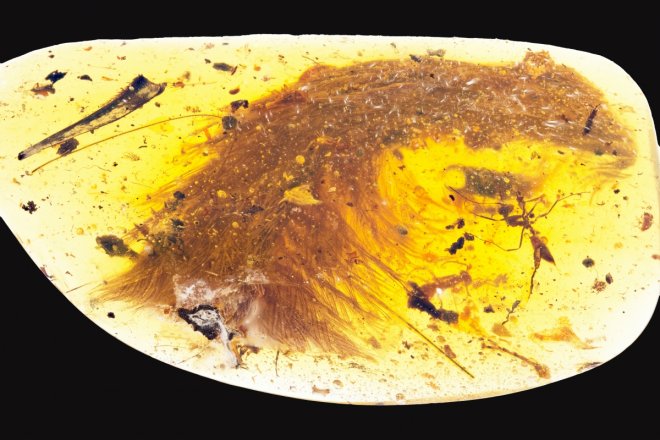
Xing Lida, a Chinese palaeontologist, discovered an amber clot with a dinosaur tail preserved in it from an amber market in northern Myanmar. The traders, who had the intentions to turn the amber into a jewellery piece, thought that it was a leaf that had got caught in the tree resin. After studying the specimen it was revealed that the tail belonged to a 99-million-year-old dinosaur called coelurosaur.
The 9th planet in the solar system

Astronomers Konstantin Batygin and Mike Brown argued that the long debated ninth planet in our solar system is real. After studying the weird movement of ice particles present in the outer reaches of the solar system, the astronomers concluded that the particles are being affected by the gravitational force of a mysterious planet. Further study hinted the existence of planet 9 at a distance of 100 to more than 1,000 astronomical units. The planet is said to be larger than Neptune but colder than anything human race have ever come across.
Zika
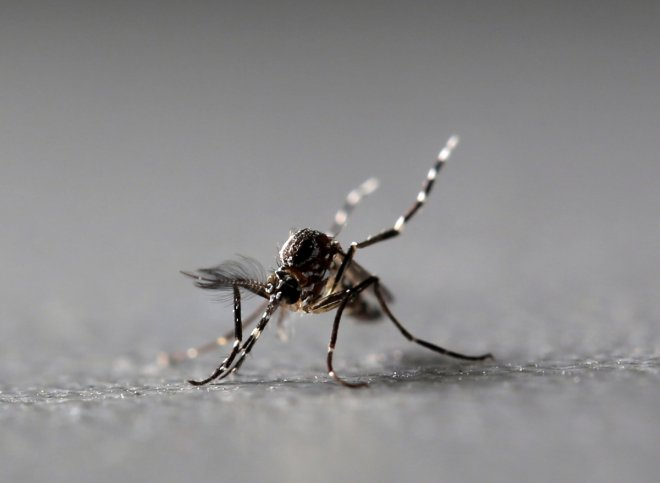
Though it is not a new discovery, the in-depth study of the virus that was discovered in Uganda in 1947 has helped medical science to reach new heights. Zika almost became an epidemic across several countries in the world and compelled WHO to tag it as a global health emergency. Identification and discovery of heath threats that the Zika virus possessed prompted several types of research. Scientist liked microcephaly – a rare medical condition where a baby is born with a smaller head to the virus. A vaccine has also been developed to combat Zika.
Diabetes can be cured with Platypus venom
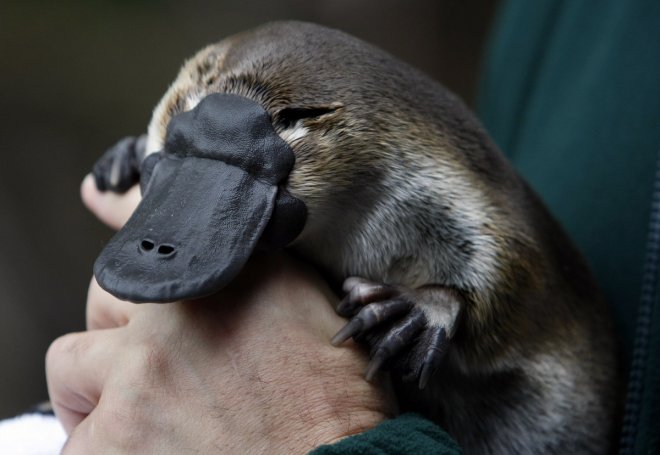
Venom from Platypus, Australia's indigenous egg-laying mammal, can be used for effectively treating diabetes, revealed a recent study by researchers at the University of Adelaide in South Australia. It was discovered that Type 2 diabetes can be treated by adopting the evolutionary changes of insulin regulation of the egg laying mammal. According to scientists, the hormone which is glucagon-like peptide-1 (GLP-1), is present in their venom and is highly desirable as potential Type 2 diabetes treatments.
Earth's second moon

In 2016, NASA scientists discovered an asteroid that has made itself literally "at home" in the earth's orbit. Asteroid 2016 HO3 was caught in the gravitational pull of the earth and now is in a stable orbit, revealed recent studies. Scientists said that the asteroid has become a constant near-Earth companion or a second satellite.









